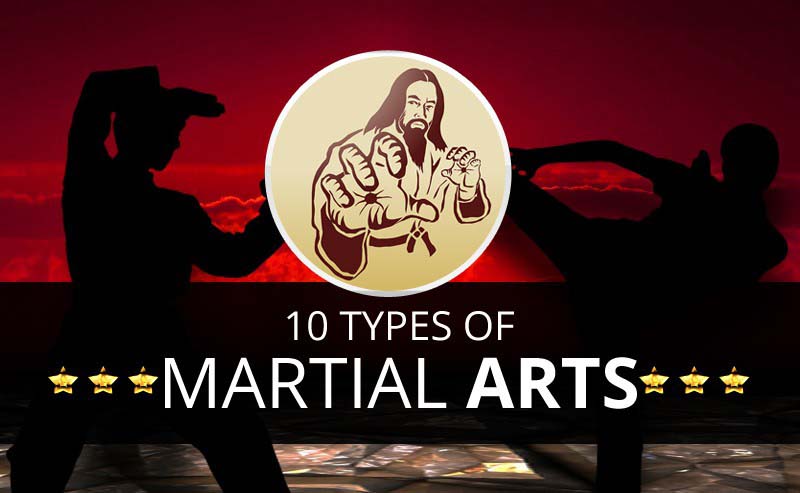Embark On An Interesting Adventure Right Into The World Of Martial Arts, Where The Fusion Of Age-Old Personalizeds And Contemporary Performance Awaits
Embark On An Interesting Adventure Right Into The World Of Martial Arts, Where The Fusion Of Age-Old Personalizeds And Contemporary Performance Awaits
Blog Article
Developed By-Adkins Wall
Enter the old globe where martial arts were substantiated of necessity in diverse areas. Cultures crafted special fighting designs intertwined with historical contexts. Methods advanced over centuries with dedicated practice and social exchanges. Today, contemporary martial arts mix traditional aspects for maximum effectiveness. Philosophically, martial arts stress technique, self-improvement, and harmony. Regard, humbleness, and balance are fundamental principles directing professionals towards development and durability. Check out the midsts of this rich background and approach to uncover the extensive impacts shaping this enduring technique.
Origins of Fighting Style
Fighting style originated in different areas around the world, evolving as useful battle systems to resist risks. These old battling styles were developed out of need, with each culture crafting strategies fit to their special environments and challenges. From the grappling arts of Jujutsu in Japan to the striking methods of Kung Fu in China, martial arts were deeply intertwined with the historical, social, and social fabric of their corresponding cultures.
In Japan, the samurai class polished martial arts like Kenjutsu, the art of the sword, which later advanced into the more promoted type of Kendo. On the other hand, in Brazil, Capoeira emerged as a mix of dance and combat, created by enslaved Africans as a means to resist oppression. Each fighting style lugs with it a rich background and viewpoint, reflecting the values and beliefs of the people who practiced them.
As you look into the origins of martial arts, you reveal a tapestry of human ingenuity, durability, and the stubborn spirit of warriors throughout time.
Development of Techniques
Through centuries of technique and improvement, battle techniques within different martial arts have actually undertaken a profound advancement. From old styles like Kung Fu and Karate to extra modern-day disciplines such as Brazilian Jiu-Jitsu and Krav Maga, the advancement of methods has actually been driven by a combination of social impacts, practical applications, and technical innovations.
One substantial aspect of this advancement is the cross-pollination of techniques in between various martial arts. For instance, methods from typical Japanese Jiu-Jitsu were included into the development of Judo by Jigoro Kano in the late 19th century. This blending of styles has actually resulted in the advancement of hybrid martial arts like Mixed Martial Arts (MMA), which incorporate aspects of striking, grappling, and submission methods.
Additionally, the advancement of techniques has actually been formed by the raising focus on performance and effectiveness in combat. simply click the following post have actually continuously looked for to fine-tune their methods with strenuous training, trial and error, and competitors, causing the advancement of extremely specialized and reliable fighting styles. On the whole, the development of strategies in martial arts reflects the dynamic nature of combat and the continuous mission for enhancement and development.
Philosophical Structures
Exploring the underlying thoughtful principles of martial arts gives understanding right into their core worths and leading beliefs. At the heart of many martial arts techniques is the idea of technique itself. By training your mind and body to serve as one natural device, you grow technique that expands past the dojo or health club into day-to-day life. This technique incorporates respect, humility, and self-constraint, shaping not simply your physical abilities but likewise your character.
One more essential philosophical structure in martial arts is the concept of constant self-improvement. The journey of grasping a fighting style is continuous, with professionals continuously making every effort to far better themselves, both literally and emotionally. This concentrate on growth cultivates durability, perseverance, and a growth attitude that can be put on all elements of life.
In addition, martial arts highlight the significance of harmony and equilibrium. Methods are developed to utilize an opponent's energy against them, highlighting the concept of producing and rerouting pressure as opposed to meeting it head-on. This philosophy extends to social partnerships, promoting serene resolutions and good understanding. By embracing these philosophical structures, martial artists not only enhance their fight abilities but likewise grow a way of life fixated personal development, respect, and harmony.
Conclusion
Finally, the background and approach of martial arts use an abundant tapestry of custom, discipline, and self-improvement.
Take for example the story of Bruce Lee, that changed martial arts by mixing various styles and viewpoints to create his very own special form of Jeet Kune Do.
martial arts with weapons and technology, martial musicians continue to press boundaries and inspire others to reach their full possibility both in battle and in life.
